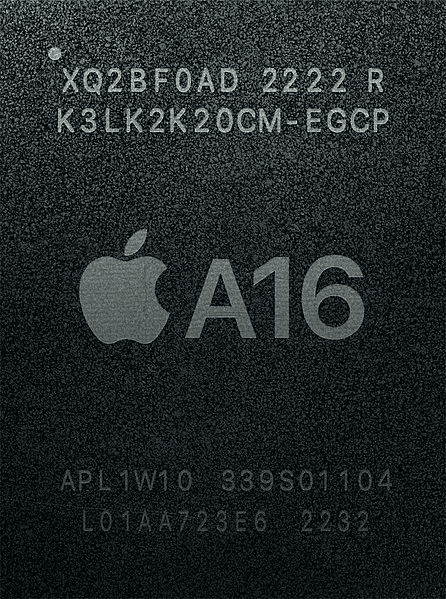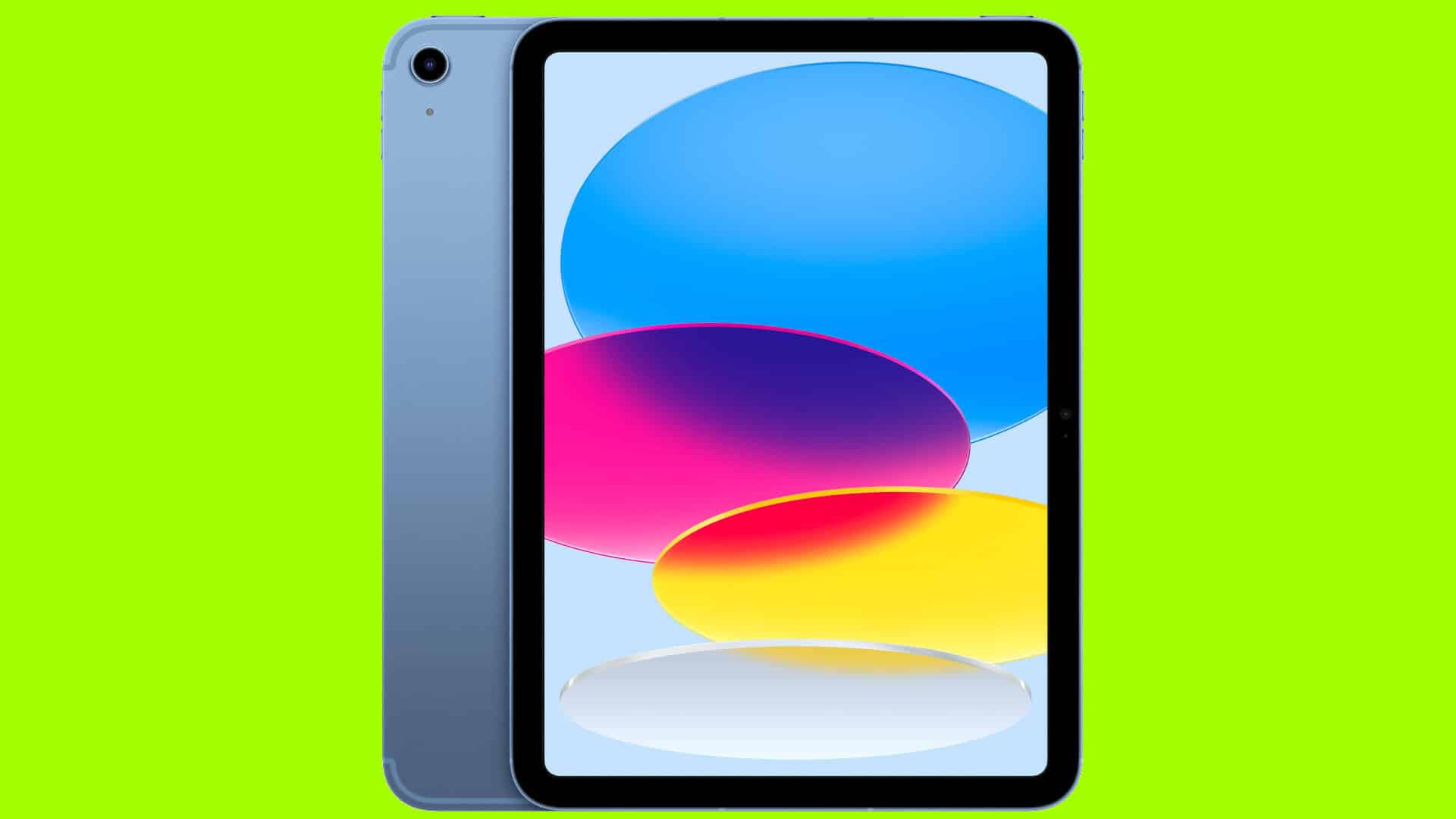Apple’s upcoming iPad 11 is set to shake up the entry-level tablet market with its blend of modern design and improved capabilities. Powered by the A16 chip and equipped with 6GB of RAM, the iPad 11 aims to provide a sleek and functional experience without venturing into premium territory.
This redesign signals a departure from the traditional entry-level iPad look, swapping the classic home button for a more streamlined design inspired by the iPad Air lineup. With slimmer bezels and potentially a larger display, the iPad 11 offers a contemporary aesthetic at an accessible price.
While the A16 chip won’t support Apple Intelligence—a feature reserved for higher-end devices—it delivers more than enough power for everyday tasks, light gaming, and basic productivity. This processor, previously used in iPhone models, ensures the iPad 11 outperforms its predecessor, making it a solid choice for those seeking a capable yet affordable Apple device.
In short, the iPad 11 strikes a balance between functionality and affordability, giving users a taste of modern iPad design and performance without breaking the bank.
iPad 11th Generation: A16 Bionic Anticipation
Release Date and Pricing
While Apple hasn’t officially confirmed the release date for the 11th generation iPad, industry whispers suggest a launch window between March and May 2025. This timeframe aligns with the release patterns of previous iPad models. As for the price, we expect it to remain competitive with the current 10th generation iPad, starting around $449 for the base model.
A16 Bionic Chip: Performance Boost

Image: Henriok, CC0, via Wikimedia Commons
The most significant upgrade in the 11th generation iPad is likely to be the inclusion of the A16 Bionic chip. This is the same powerful processor found in the iPhone 14 Pro models, and it promises a substantial performance leap compared to the A14 chip in the current model. This means smoother multitasking, faster app launches, and improved graphics performance for gaming and other demanding tasks.
Design and Display
Don’t expect a major design overhaul with the 11th generation iPad. Reports suggest it will retain the same design language as its predecessor, with a 10.9-inch Liquid Retina display and a USB-C port. This means the bezels will likely remain the same size, and the home button will be absent.
Apple Pencil Compatibility
The 11th generation iPad will likely support the first-generation Apple Pencil, just like the 10th generation model. This offers a great way to take notes, draw, and interact with the iPad in new ways. However, it’s unlikely to support the newer Apple Pencil 2, which is reserved for the iPad Air and iPad Pro models.
Features and Specifications
Here’s a table summarizing the expected features and specifications of the 11th generation iPad:
| Feature | Expected Specifications |
| Display | 10.9-inch Liquid Retina Display |
| Processor | A16 Bionic Chip |
| Storage | 64GB, 256GB (possibly 512GB) |
| Cameras | 12MP Wide Rear Camera, 12MP Ultra-Wide Front Camera |
| Connectivity | Wi-Fi 6E, Bluetooth 5.3, USB-C |
| Apple Pencil Support | 1st Generation Apple Pencil |
| Colors | Space Gray, Silver, Pink, Blue (rumored) |
Should You Upgrade?
If you have an older iPad, especially one with an A13 chip or earlier, the 11th generation iPad will offer a significant performance upgrade. It’s also a good choice if you’re looking for an affordable iPad with a large display and support for the Apple Pencil. However, if you already have the 10th generation iPad, the upgrade might not be as compelling unless you need the extra performance of the A16 chip.
iPad Air 5th Generation: A Viable Alternative
For those considering the 11th generation iPad, it’s worth looking at the iPad Air 5th generation. Powered by the M1 chip, the iPad Air offers even better performance than what’s expected from the new entry-level iPad. It also boasts a more refined design, support for the Apple Pencil 2, and a wider range of color options. However, the iPad Air comes at a higher price, starting at $599.
Choosing the Right iPad
Ultimately, the best iPad for you depends on your needs and budget. If you prioritize affordability and want a solid all-around tablet, the 11th generation iPad is a great option. But if you need more power and are willing to pay extra, the iPad Air 5th generation is worth considering.
Looking Ahead
The 11th generation iPad is shaping up to be a strong contender in the entry-level tablet market. With its powerful A16 chip, large display, and support for the Apple Pencil, it offers a compelling package for both casual users and students. It will be interesting to see how Apple continues to evolve its iPad lineup in the coming years, especially with the growing focus on mobile productivity and creativity.
Key Takeaways
- iPad 11 will feature an A16 chip and 6GB RAM, lacking Apple Intelligence support
- The new model will adopt a modern design similar to the iPad Air
- This entry-level iPad balances updated aesthetics with mid-range performance
Exploring the iPad 11’s Hardware and Position in Apple’s Lineup
Anticipation surrounds the 11th generation iPad, set to launch between March and May 2025. Key features include the A16 Bionic chip for enhanced performance, faster app launches, and improved graphics. While the design will mirror the 10th generation with a 10.9-inch Liquid Retina display, the significant performance boost could make it an attractive entry-level option.
For those wanting more power, the iPad Air 5th generation with the M1 chip is available at a higher price. Overall, the 11th generation iPad is expected to disrupt the budget tablet market with its performance and affordability.
The iPad 11 introduces key hardware upgrades while maintaining its entry-level status. It balances modern design with mid-range performance, offering users a cost-effective option in Apple’s tablet lineup.
The A16 Chip and RAM Specifications
Apple’s iPad 11 features the A16 Bionic chip, a step up from its predecessor. This processor, previously used in the iPhone 14 Pro, brings improved performance to the entry-level iPad. The A16 includes a 6-core CPU and 5-core GPU, enhancing both processing power and graphics capabilities.
The device comes with 6GB of RAM, doubling the memory of the previous model. This boost in RAM allows for smoother multitasking and app switching. However, the 6GB configuration falls short of supporting Apple Intelligence, a feature requiring more advanced hardware.
The A16’s Neural Engine accelerates machine learning tasks, benefiting apps that use AI features. This chip positions the iPad 11 as a capable device for everyday tasks and light creative work.
Comparison with Other Apple Devices
In Apple’s iPad lineup, the iPad 11 sits between the basic iPad 10 and the more premium iPad Air models. It outperforms the iPad 10’s A14 Bionic chip but doesn’t match the iPad Air’s M-series processors.
The iPad 11’s A16 chip surpasses the A15 in the iPad mini 7 and iPhone SE. However, it lags behind the A17 Pro found in the latest iPhone 15 Pro models. This positioning makes the iPad 11 an attractive mid-range option.
Here’s a quick comparison:
| Device | Chip | RAM |
|---|---|---|
| iPad 11 | A16 Bionic | 6GB |
| iPad 10 | A14 Bionic | 4GB |
| iPad Air | M1 or newer | 8GB |
| iPad mini 7 | A15 Bionic | 4GB |
Design and Usability
The iPad 11 adopts a modern design similar to the iPad Air lineup. It features slim bezels and a flat-edge chassis, aligning with Apple’s current design language. This update gives the entry-level iPad a more premium look and feel.
A significant change is the switch to USB-C, replacing the Lightning port. This move improves compatibility with a wider range of accessories and allows for faster data transfer and charging.
The device supports the latest Apple Pencil, enhancing its utility for note-taking and creative tasks. It’s also compatible with upgraded iPad keyboards, including the Magic Keyboard accessory, which adds laptop-like functionality.
These design changes make the iPad 11 more versatile, suitable for both casual users and those seeking a productivity tool. The modern design and accessory support bridge the gap between entry-level and premium iPad models.
Frequently Asked Questions
The iPad 11 brings a modern design to Apple’s entry-level tablet lineup. It features the A16 chip and 6GB of RAM, which impacts its performance and compatibility with certain features.
What are the specifications of the entry-level iPad 11?
The iPad 11 is equipped with an A16 chip and 6GB of RAM. This configuration places it in the entry-level category of Apple’s tablet lineup. The device adopts a modern design similar to the iPad Air series.
How does the performance of the iPad 11 compare to the iPad Air lineup?
The iPad 11’s performance is lower than the iPad Air models. While it shares design elements with the Air series, the A16 chip in the iPad 11 is older and less powerful than the chips found in the iPad Air lineup.
Is the A16 chip equipped on the iPad 11 suitable for professional use?
The A16 chip in the iPad 11 may not be ideal for demanding professional tasks. It offers less performance compared to chips in higher-end iPad models. Basic professional tasks should run smoothly, but resource-intensive applications might struggle.
What is the expected RAM capacity for the latest iPad models?
Recent iPad models have varying RAM capacities. The iPad 11 is expected to have 6GB of RAM. Higher-end models like the latest iPad Pro typically feature 8GB or more RAM to support advanced features and multitasking.
Can the iPad 11 with A16 chip support Apple Intelligence features?
The iPad 11 with its A16 chip and 6GB of RAM will not support Apple Intelligence features. Current minimum requirements for Apple Intelligence include an A17 Pro chip and 8GB of RAM, which the iPad 11 does not meet.
What design similarities does the iPad 11 share with the iPad Air series?
The iPad 11 adopts a modern design similar to the iPad Air lineup. This likely includes thinner bezels, a larger display, and possibly a USB-C port instead of Lightning. The overall form factor is expected to be sleeker and more in line with Apple’s current design language.







